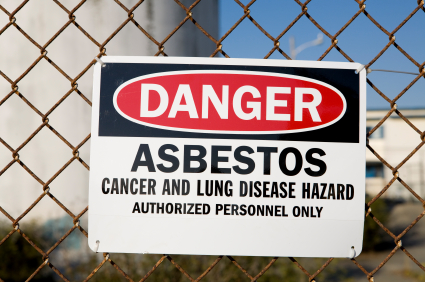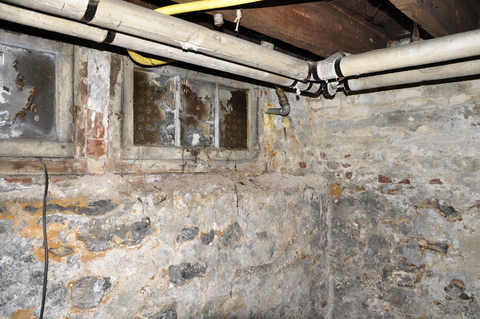
Asbestos

Asbestos is an extremely harmful carcinogen that was used extensively in building homes and commercial buildings before 1970. Exposure to asbestos over the course of many years has been known to cause lung cancer, digestive tract cancer, mesothelioma and asbestosis. Since asbestos does not cause immediate allergies or skin problems, accurate testing is necessary to determine asbestos contamination. Asbestways offers complete asbestos testing, containment and removal to protect families and workers from dangerous side effects.
Basics

Asbestos is a natural mineral that has been used commonly for insulation and as a fire-retardant in a variety of building and construction materials. They have been used in applications such as boiler insulation, roofing materials and ceiling and floor tiles. Although the use of asbestos has greatly decreased since the 1970's, it is still present in many older products and materials. Improper attempts to remove these materials can release asbestos fibers into the air, increasing asbestos levels and endangering people in homes or offices.
When asbestos containing materials are damaged or disturbed, fibers are released into the air. If inhaled these microscopic fibers become permanently lodged in the lungs. People who work in construction, insulation, shipyards or live in pre 1970 homes are most likely to be exposed to asbestos.
Testing
Since asbestos fibers cannot be seen without a microscope, the safety of home or work situations from asbestos can only be verified with professional testing and inspections. The EPA requires that the asbestos content of suspect materials be determined by analyzing samples with a polarized light microscopy (PLM). PLM analysis results give the percentage and type of asbestos present in the sample.
Testing the air or materials for asbestos is useful in identifying potential exposures and evaluating the effectiveness of proper asbestos removal and cleanup. Professional sampling is important because if done incorrectly, sampling can be more hazardous than leaving the material alone.
Abatement

Asbestways asbestos abatement involves sealing, covering or completely removing asbestos materials. Since Asbestos-containing materials that are intact pose little risk for exposure, most abatement programs are designed to ensure that fibers will not be released in the future keeping family, and workers safe.
- Sealing (encapsulation) involves treating the material with a sealant that either binds the asbestos fibers together or coats the material so fibers are not released. Pipe, furnace and boiler insulation are most commonly treated through sealing.
- Covering (enclosure) involves placing something over or around the material that contains asbestos to prevent release of fibers. Exposed insulated piping may be covered with a protective wrap or jacket.
- Removal involves the physical elimination of asbestos materials, this option is necessary for materials that have been disturbed and cannot be properly covered or sealed.
